E2.01 Integrated Camera and Lighting System (ICLS)
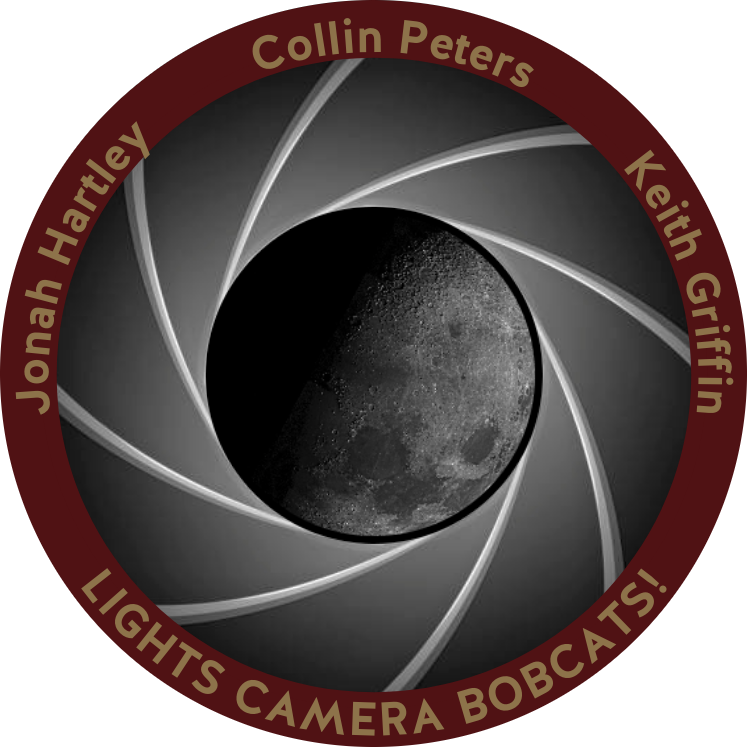
Sponsor: Ms. Toni Clark, NASA - Texas Space Grant Consortium (TSGC)
Student Team: Collin Peters, Erika Griffin, Jonah Hartley
Faculty Advisor: Mr. Jeffrey Stevens
The Integrated Camera and Lighting System (ICLS), which dynamically adjusts LED floodlights and spotlights in real time based on embedded vision processing. A Raspberry Pi 5 automatically detects low-light sectors, activating only the necessary lights to maintain uniform illumination. Manual override mode is provided for operators who need direct control. Power stability is ensured through an Uninterruptible Power Supply (UPS), with an emergency mode that conserves energy by disabling nonessential lights.
E2.02 Radiation-Tolerant Crew Laptop
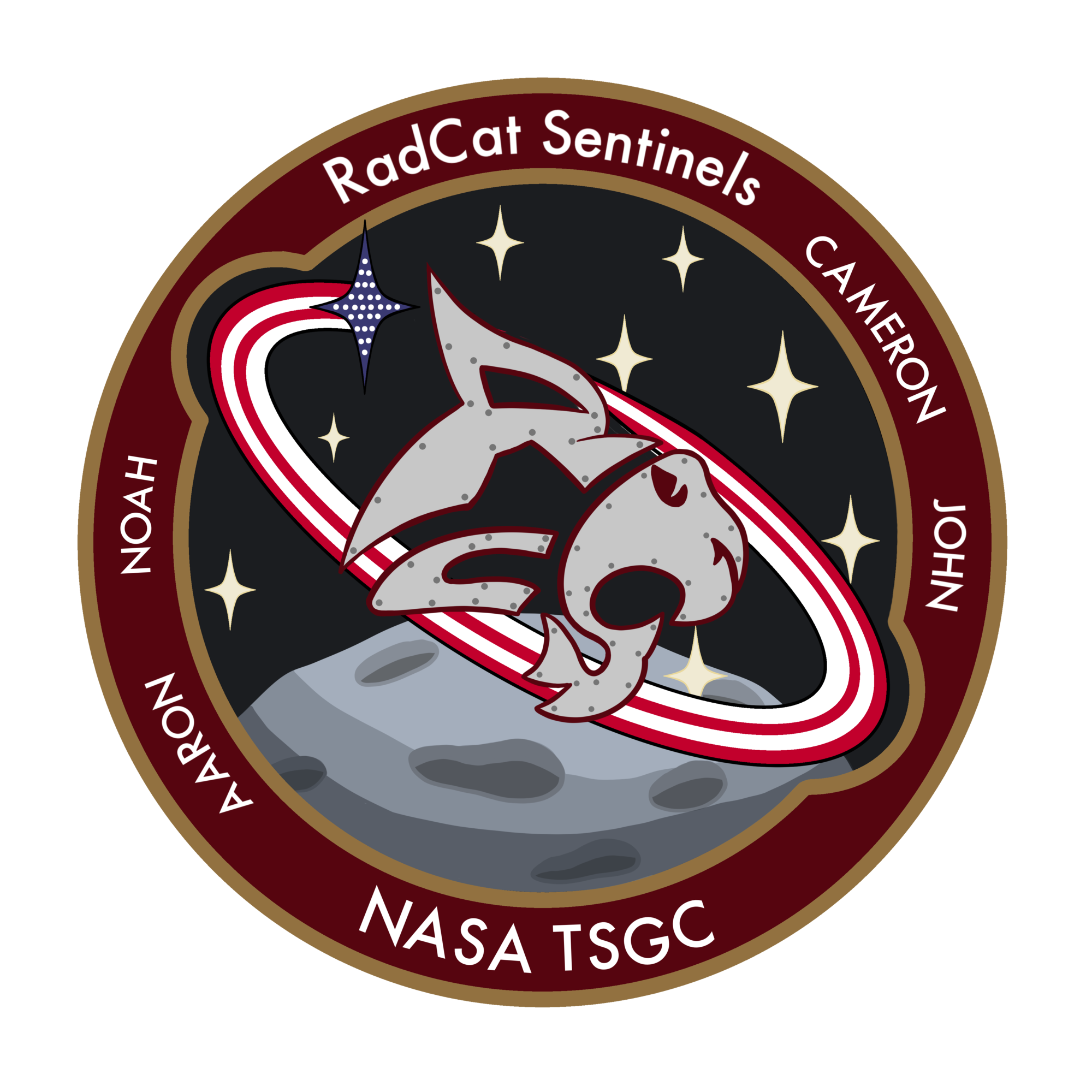
Sponsor: NASA - Texas Space Grant Consortium (TSGC)
Student Team: Cameron Curtis-Elijah Callahan, John Camp, Aaron Dahl, Noah Steres
Faculty Advisor: Mr. Jeffrey Stevens
NASA is seeking solutions to the challenges that ionizing radiation poses to digital electronics in space. Using the PIC64-HPSC, a RISC-V radiation-tolerant processor manufactured by Microchip, we will be creating a laptop that will be used in Gateway Lunar Station. Our project involves designing a block diagram that integrates the PIC64-HPSC chip within a framework 16 chassis. This block diagram will be referenced for future teams as they advance in the development of the radiation-tolerant crew laptop.
E2.03 Foundation Monitoring System
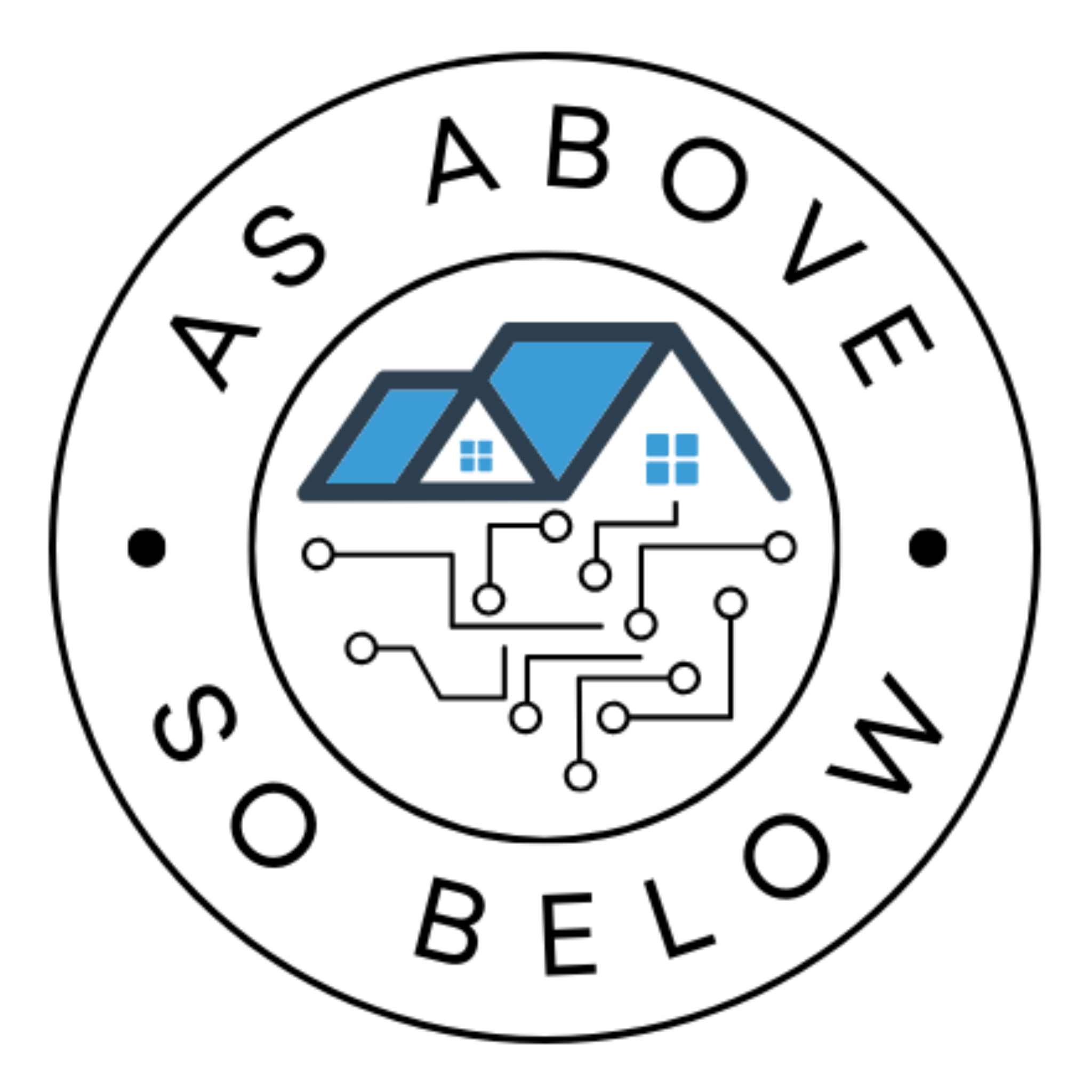
Sponsor: Stable Options LLC, Space Alliance Technology Outreach Program (SATOP)
Student Team: Sloan Louden-Robins, Cassidy Miskovitz, Orlando Torres, Will Rebenack
Faculty Advisor: Mr. Mark Welker
Our project is researching and developing a smart foundation monitoring system that preemptively detects movements in foundation structures averting costly structural damage which can be caused by several different factors. By integrating a diverse set of sensors, the system measures displacements in three dimensions, logs the data in real time, and delivers results through an accessible user interface.
E2.04 Trace Invaders
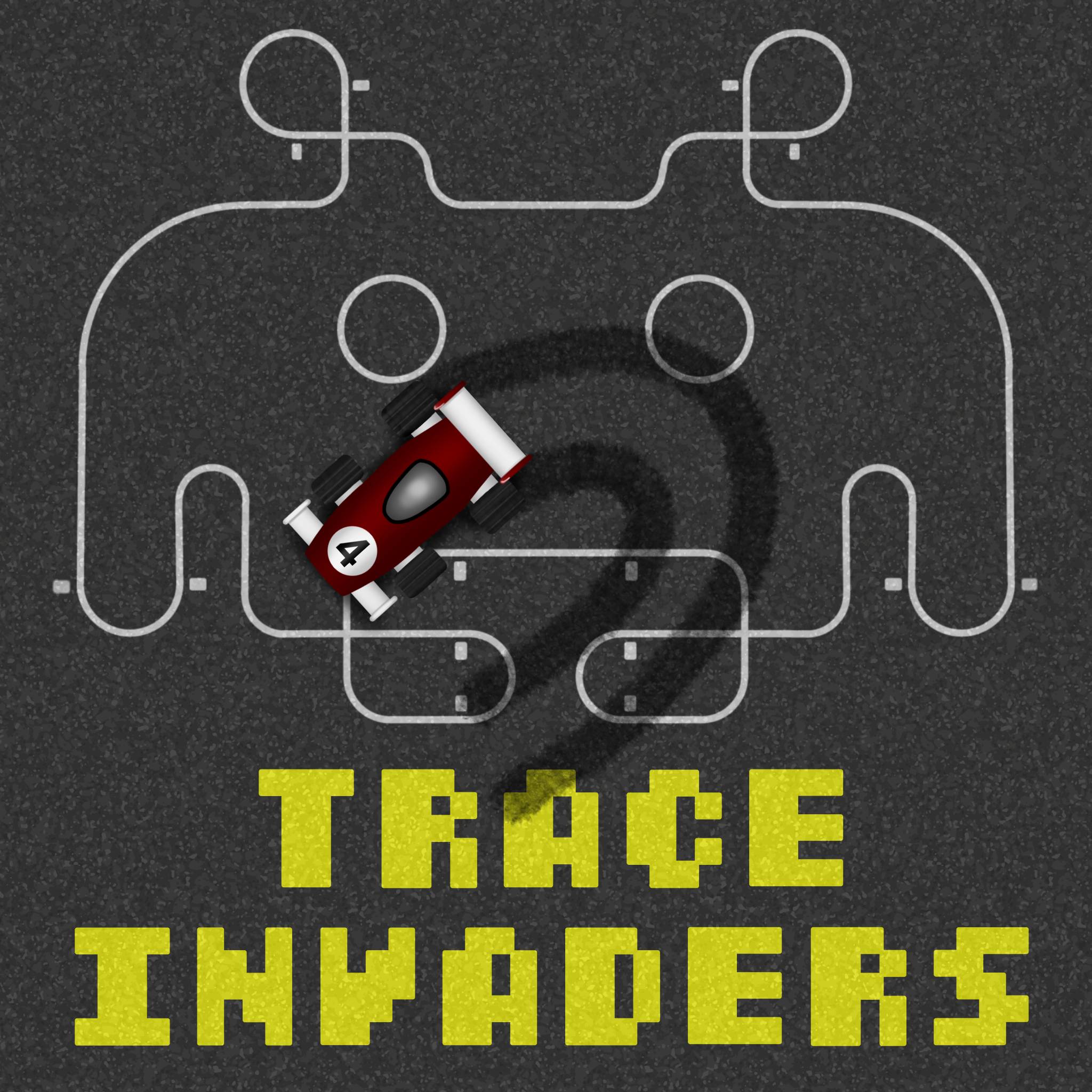
Sponsor: Ingram School Of Engineering (ISoE)
Student Team: Allie Lange, Joel Osho, Owen Ziegler
Faculty Advisor: Mr. Jeff Stevens
Our project is an autonomous line following robot designed to navigate a course quickly and efficiently while remaining within the defined boundaries. The robot implements subsystems for line detection, motor control, navigation, power, and distance sensing to ensure precise movement. By optimizing speed and precision, our design enhances reliability in fixed-path navigation, making it valuable for industries that desire future advancements to augment safety and efficient autonomous mobility.
E2.05 Speedy Liner
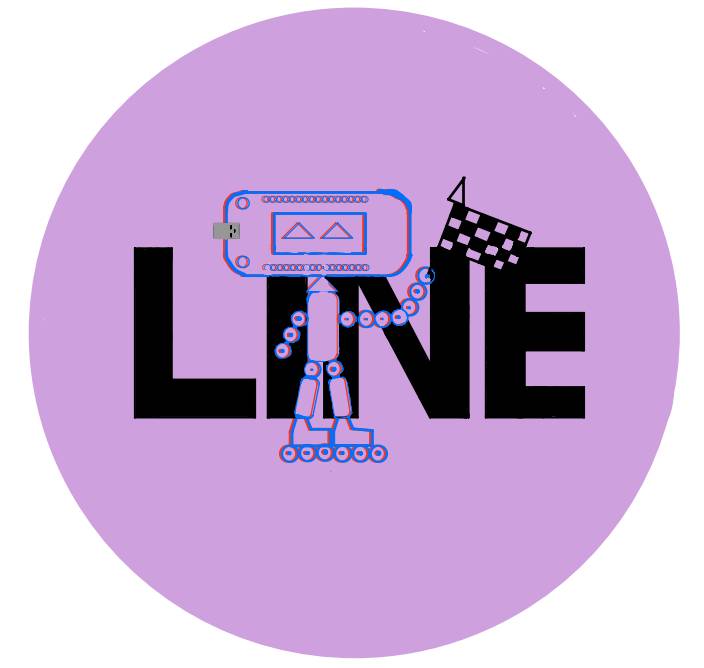
Sponsor: Ingram School Of Engineering (ISoE)
Student Team: Obiajulu Isolokwu, Octavio Chavez, Cristian Chavez Cruz
Faculty Advisor: Mr. Jeffrey Stevens
Our project focuses on designing an autonomous robotic line-following system that completes an assigned course within an optimal time period. The robot system will possess sensors to detect the course along with a microcontroller to process decisions controlling motors to navigate the course. The robot will operate with rechargeable battery power. We will design a custom PCB-based chassis. We will create software to achieve optimal navigation accuracy and time efficiency. The final product is a line-following robot participating in a Senior Design competition of speed and accurate course navigation.
E2.06 Line Following Bot
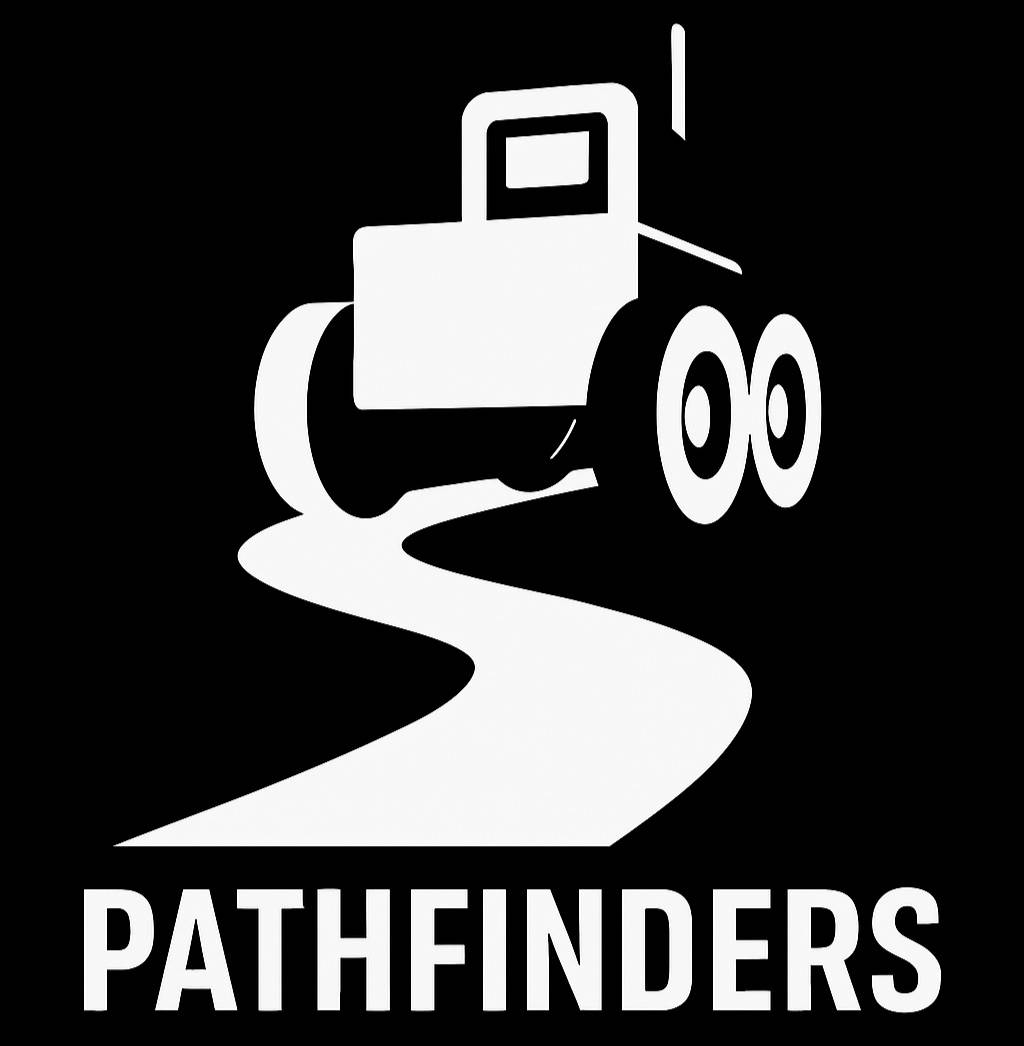
Sponsor: Ingram School Of Engineering (ISoE)
Student Team: Ethan Patterson, Pete Mathew, Carlos Larios
Faculty Advisor: Mr. Jeffrey Stevens
Our project is a smart Line-Following Robot engineered to autonomously traverse marked tracks with accuracy and stability. Equipped with a sensor array and dual-motor control, the bot dynamically responds to deviations, maintaining its path under changing conditions. Its modular design and adaptive algorithms demonstrate practical applications in industrial automation, warehouse logistics, and autonomous delivery systems.